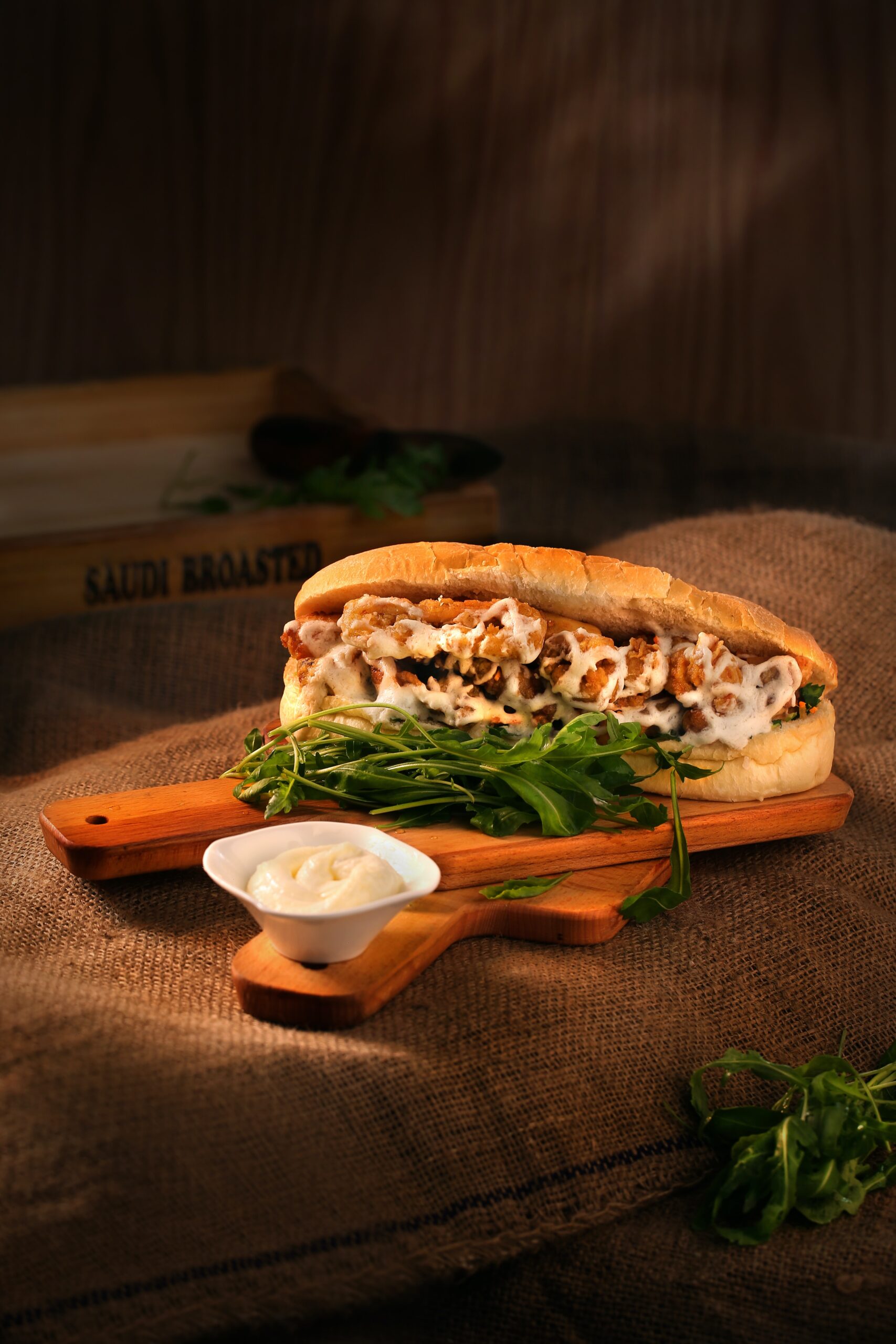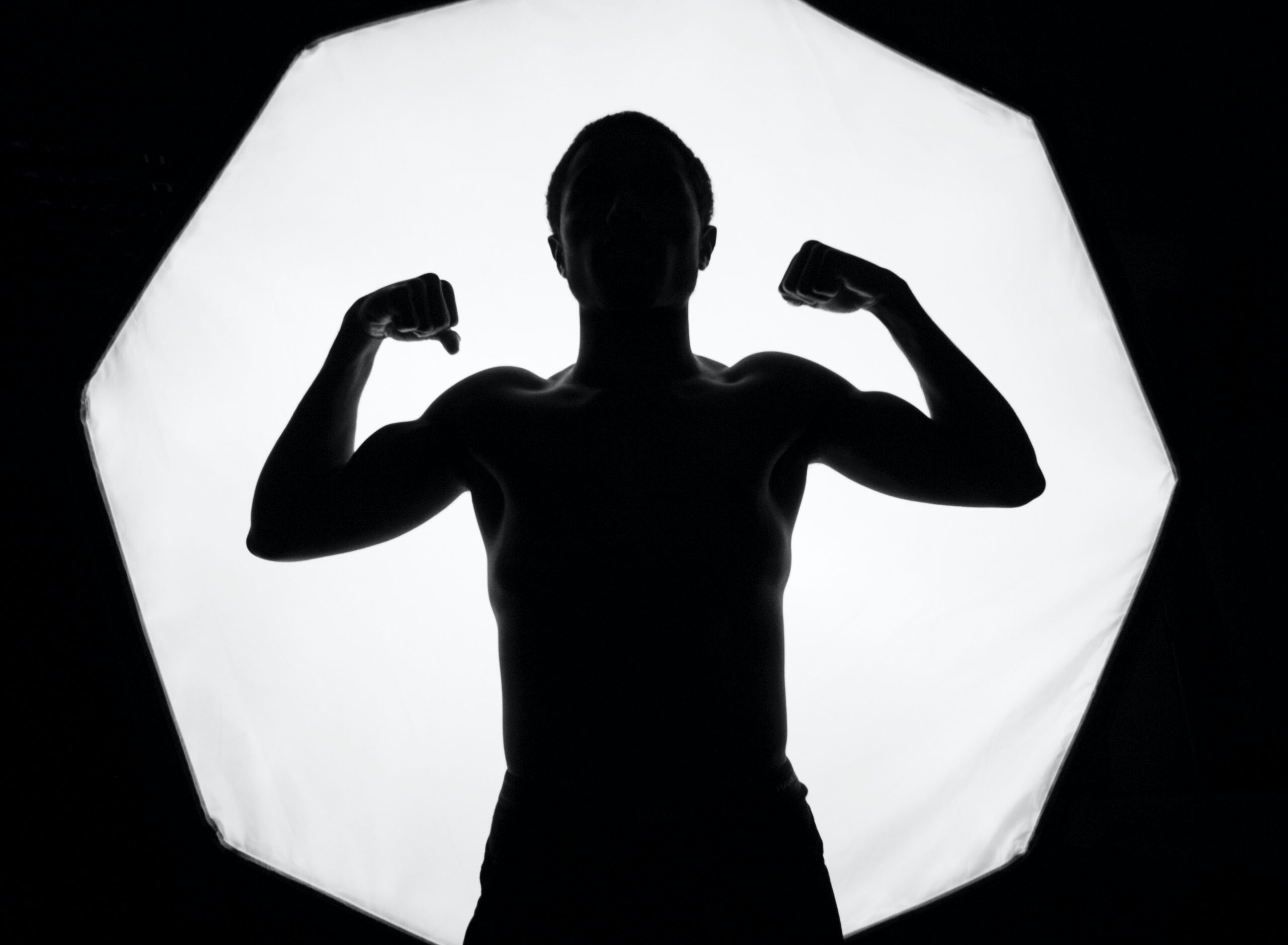The journey of a new menu item is a meticulous blend of creativity, market analysis, and business acumen. The next time you spot a new dish on your favorite restaurant’s menu, you’ll appreciate the extensive behind-the-scenes work that went into bringing that culinary delight to your table.
How Restaurants Develop, Test, and Roll Out New Menu Items
By Fred Kirvan, Founder & CEO – Kirvan Consulting
Dining out is not just about fulfilling hunger; it’s an experience, a journey of flavors. The success of a restaurant often hinges on its menu – a careful balance between the familiar and the novel. To maintain a competitive edge and cater to changing customer preferences, restaurants regularly innovate their menu offerings. But have you ever wondered how a new dish makes its way to the menu? Here’s an inside look at the process of developing, testing, and rolling out new menu items.
Idea Generation The journey of a new dish typically begins with an idea. These inspirations can arise from various sources:
* Trends and Market Research: Restaurants monitor food trends, customer preferences, and market research to identify potential new offerings.
* Seasonal Ingredients: Seasonal produce often dictates the introduction of limited-time offerings, ensuring freshness and sustainability.
* Travel and Culture: Chefs traveling abroad might be inspired by international cuisines and aim to introduce those flavors to their clientele.
* Feedback and Suggestions: Customer feedback is invaluable. Some restaurants encourage patrons to suggest new dishes or tweaks to current ones.
Recipe Development
Once an idea is conceived, chefs work in the test kitchen. Here, they:
Experiment with Ingredients: Chefs try different combinations of ingredients to get the flavors and textures just right.
Standardize the Recipe: It’s essential for the dish to taste the same every time, regardless of who cooks it. This requires creating a standardized recipe with exact measurements and cooking methods.
Internal Tasting
Before a dish is introduced to the public, it undergoes internal tastings. Restaurant staff, management, and sometimes select regular patrons get to sample the dish. Feedback is collected, and necessary tweaks are made. It’s a refinement phase, ensuring the dish meets the restaurant’s quality and flavor profile.
Cost Analysis
A restaurant is a business, after all. The cost of ingredients, labor, and additional equipment or training must be considered. The dish should not only taste good but also be profitable. Some questions considered include:
* Can we source the ingredients consistently?
* What’s the price point at which this dish will be attractive to customers and profitable for the restaurant?
Pilot Testing
Before a full-scale rollout, many restaurants introduce the new dish in select locations or as a limited-time offering. This pilot phase allows the restaurant to gauge customer response in a real-world scenario. Sales data, customer feedback, and operational challenges are closely monitored.
1. Marketing and Promotion
If the dish succeeds, it’s time to promote it. This might include:
Photography: High-quality photos for menus, websites, and promotional material.
* Social Media Teasers: Giving followers a sneak peek generates buzz.
* Special Promotions: Offering the dish at a discount or as part of a combo can encourage trials.
2. Full-Scale Rollout
Once everything is in place, the dish is introduced across all outlets. Staff are trained to prepare and serve the dish, ensuring consistency.
3. Continuous Feedback
Post-launch, it’s crucial to keep gathering feedback. Trends change, and so do customer preferences. A dish might need tweaks or, in some cases, be removed to make way for new offerings.
Conclusion
The journey of a new menu item is a meticulous blend of creativity, market analysis, and business acumen. The next time you spot a new dish on your favorite restaurant’s menu, you’ll appreciate the extensive behind-the-scenes work that went into bringing that culinary delight to your table.
Learn more about developing profitable menu items for your restaurant, contact: [email protected] or visit www.frangrow.com
======================================
This article was researched, developed and edited with the support of AI











